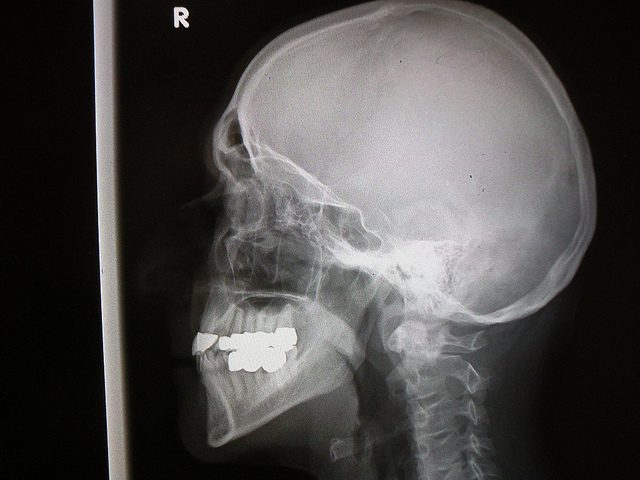This is the conclusion to the series of articles on whether baseline testing is worth the effort. The first two articles dealt with baseline testing from an employer's point of view and from an injured worker's point of view. We believe that those case studies were compelling. This final article will examine the statistics and, we believe, prove that baseline testing is truly worth the effort.
The concept of baseline testing for soft-tissue injuries began for us when requirements for set asides were established to protect Medicare from future medical expenses for workers’ compensation and general liability claims. ln 2011, the Centers for Medicare and Medicaid Services (CMS) mandated that all workers’ compensation and general liability claims be reported in electronic format. This change enables CMS to look back and identify if it has ever made any work comp-related payments on a patient. Section 111 of the Medicare, Medicaid and SCHIP Extension Act of 2007 establishes Medicare's status as a secondary payer under 42 U.S.C. 5 1395y (b), and this creates a right to reimbursement for any future claims related to a past workers’ compensation settlement. Therefore, this act has the potential to impose a possible risk of future liability against all parties indefinitely.
Soft-tissue injuries are the leading cause of claims and costs in this challenging system. They account for at least one third of all claims and are the primary reason for lost time at work. So, we began baseline testing for soft-tissue injuries for the transportation industry in October 2011. Since that time, we have expanded our baseline testing program to other industries: manufacturing, retail, warehouse and construction. Our initial testing was in Georgia and quickly expanded to Texas. Now, our program is being conducted in California, Arizona, Utah, Florida, Oklahoma, Colorado and Indiana. Since the inception of the program, we have conducted more than 15,000 baseline tests.
Of those we tested, 27 have attempted to file a workers' compensation soft-tissue claim. Only five of those 27 were found to have a change in condition. ln other words, only five had a pathology that arose out of the course and scope of employment (AOECOE). No claim was accepted for the remaining 22 cases. Of the five claims that were accepted, all resolved with the appropriate treatment. Of the cases where there was no change in condition and the claim was not accepted, three went on to litigation. These cases are summarized in the following vignettes.
Litigated case 1: A 54-year-old truck driver underwent the post-loss electrodiagnostic functional assessment (EFA) to compare with the baseline. She alleged incapacitating pathology to her neck, shoulder and back. But the comparison between the post-loss test and the baseline actually demonstrated improvement. It was found she had 25 prior workers' compensation claims related to the same body part. Her case ultimately went to arbitration. This complicated case settled for less than $6,000. There was a full release with language to prevent future medical care from CMS, thereby protecting the employer from the unpredictable expenses of future claims to the same body part.
Litigated Case 2: A truck driver who was employed for less than a month experienced an unwitnessed fall from a truck and alleged injuries to his back, plus cumulative trauma. When the comparison tests were done, it was revealed that he had substantial pathology on the baseline that was unchanged in the EFA post-loss test.The claim remained denied based on the EFA-STM program, but he continued to receive treatment. No payments were made for the patient's care, and he continued to pursue the issue through the legal process. The employer agreed to an independent medical exam (IME) appointment to review the status of the EFA comparisons and help establish AOECOE. The IME doctor, based on the EFA reports, found no work-related injury, leading to an uncomplicated resolution of this case.
Litigated Case 3 was detailed in Part 1 of this series. In summary, the results of the EFA-STM program demonstrated no change in condition, and the findings were affirmed in court.
In these three case examples, no unnecessary medical care was permitted; paid time off work was shortened; and litigation was resolved earlier in the process, reducing costs. Even though people will sometimes still litigate, the baseline testing gave objective medical evidence for AOECOE conditions and supported the defense of the case.
A review of the history of claims in businesses also shows that utilization of EFA –STM program significantly reduces the frequency of workers’ compensation injury claims.
In summary, the EFA program leads to more accurate diagnoses and ultimately better site-specific care to the injured worker. There are far fewer litigated cases, and even these cases are less costly because the objective evidence leads to more rapid, accurate and favorable results.
ls baseline testing worth the effort? Indubitably, yes!
Is Baseline Testing Worth It? (Part 3)
A review of 15,000 tests shows that they cut the number of workers' comp claims and reduce handling costs.





